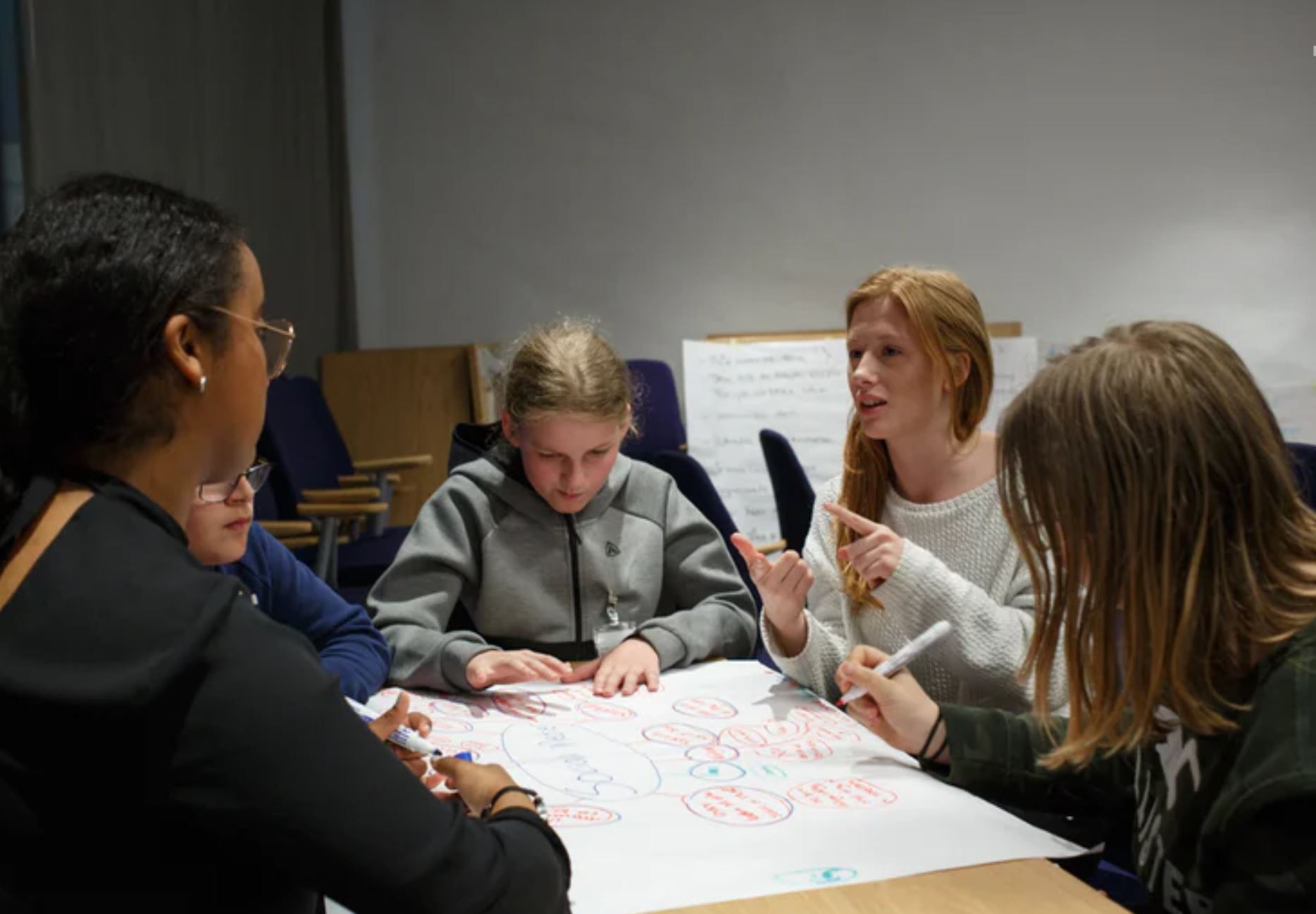5 great ways to organize your TEFL classroom
Loads is written about teaching methods, teaching games, lead-in activities, and disciplinary techniques. But what about when the time comes to actually organize your TEFL classroom? There you stand; 12 desks and umpteen chairs, a class of unruly kids waiting outside the door. Just how do you expect to place them, and will it affect the way your English tutoring comes off? Cue this guide, with five top ideas for classroom plans…

The square
If your aim is to supercharge that lesson with all-important student talk time, then you might want to consider placing your tables in a square formation. The result is a classroom that resembles a sort of debating chamber; where no student is left facing a blank wall. You’ll find that verbal activities meant for the whole group really lend themselves to this sort of blueprint. It’s easy for students to talk to other students, no matter where they are in the room. Also, it’s easy for the teacher to get involved, simply by hopping right into the middle of their self-made square.
Tables for pairs
The benefits of pair work in the TEFL classroom are well documented. From vocabulary reinforcement to peer-to-peer encouragement, there’s certainly loads to be said for matching students one on one. That’s precisely where this classroom plan comes in. It isolates single tables in different compartments of the class, cutting up the space so that your group naturally falls into a series of twos. Of course, you might want to consider designating said pairs yourself – letting friends sit next to friends can cause unwanted distractions and nullify the effects of peer-based learning.

Space for chaotic learning
Imagine never having to organize your TEFL classroom. Imagine not even thinking about who sits where and what table goes in what corner. Nice, eh? Well, it might not be the laziest approach, because there is a theory that says it’s best to keep learners active and engaged by ditching the seated lesson plan altogether. Here, you’ll shift your furniture to the side of the class and employ active, kinetic teaching strategies to keep students on the ball. As you can imagine, this works particularly well with younger kids who are forever trying to stand, shout, and play.
Constantly shifting seating plans
A top tactic for teachers involved in mixed-ability classes is to constantly change up the places where students sit. Here, the focus isn’t so much on how you organize your TEFL classroom, but more on how you organize the people sitting in your classroom. There are lots of ways of ensuring pairs rarely stick together. You can make bespoke seating plans. You can opt to put tallest with shortest, oldest with youngest. Or, you can use a starter game to designate where pupils will be based. What’s so great about this is that it really encourages peer-to-peer learning. Putting high-ability with low-ability means skills are likely to rub off. What’s more, students will surely gain in confidence if you force them into pair work with colleagues they might not know as well.

Small groups of four-six
When the pains of a mixed ability class start to bite around the middle of the term, you could consider the tried-and-tested method of divide and conquer. Cue small-group table structures that house four to six students (depending on your overall class size). Going with this will let you pick and choose what levels of English speaker go where. You could opt to drop high-achievers with those who are struggling, putting your faith in peer-assisted learning. Or, you could put your best students in one group and your lower levels in another, letting you focus on offering more teacher time to those who need it, while also affording greater freedom to those who’ve already got a handle on the Target Language.
Are you a qualified teacher with other ideas on how to organize your TEFL classroom? We’d love to hear your thoughts in the comments below. Or, if you think you’re ready to get stuck into learning all about TEFL, be sure to head over to our courses page…

